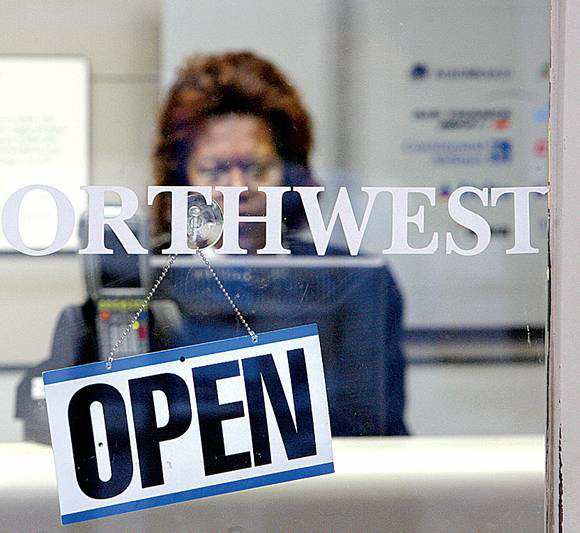Asia looms large along sidelines of Delta merger
Published 5:00 am Sunday, May 4, 2008

- Industry analysts say Northwest Airlines’ strong presence in Asia was a deciding factor in Delta Air Lines’ merger with the Minnesota-based carrier. “(That) was probably half the value of the whole deal,” says one.
BEIJING — Take a look at this city’s newest airport terminal, and it will help you understand why Delta Air Lines wants to merge with Northwest Airlines.
When it opened in February, the $3.6 billion structure roughly doubled the number of passengers who can fly in and out of China’s capital. By some accounts, sleek and spacious Terminal 3 at Beijing Capital International Airport is the world’s largest building of its kind, with hallways of gates and shops and restaurants that stretch for two miles.
Its hulking size highlights China’s massive population and rapid economic growth.
And analysts expect it will become one of the world’s five busiest air terminals in coming years. Officials already are drawing up plans for a second international airport in Beijing and another 96 airports throughout China in the next 12 years.
Multiply that kind of growth — and demand for air travel — across dozens of Asian cities, and you get a sense of what’s at stake in the region.
“Northwest’s strong Asia routes were the most critical factor for Delta because they know that’s where the growth is,” said Michael Boyd, president of The Boyd Group, a Colorado-based consulting firm to the aviation industry. “It was probably half the value of the whole deal.”
Michael Miller, CEO of Green Skies Inc., a consulting firm in Florida, said that Northwest’s Asia routes were “the single largest reason why Delta wanted to merge with Northwest.”
The largest market?
While the number of air passengers worldwide is growing at roughly 5 percent annually, in Asia growth has been “about 6 percent and will continue to outpace the world average for the next 10 or 20 years,” said Nicholas Ionides, a Singapore-based journalist with aviation industry magazine Flight International.
Boeing, the aircraft manufacturer, estimated in a market analysis last year that demand for trans-Pacific flights would grow at an average annual rate of 6.2 percent until 2026, the highest rate of any major international route.
Within 20 years, “nearly 40 percent of air travel will be to, from or within Asia Pacific,” the company stated in a presentation to shareholders.
Northwest, the fifth-largest carrier in the United States, has the most extensive Asia route network of any American airline and is well positioned to tap that growth.
If the merger is approved by federal regulators, the new carrier — which would be the world’s largest airline — would benefit because Asian passengers flying to the United States could connect to more domestic destinations, while Americans flying to Asia would have “10 times more choices,” Miller said.
“Northwest has had an incomplete flow in the domestic service connecting to Asia, and Delta fills in every single hole that they had,” he said.
The new airline would also benefit from travel between Asia and Latin America. Roughly 80 percent of people flying from Central and South American nations to Asia connect through the United States. Because trade between the regions is “growing in leaps and bounds” the market is very important, said Bob Cortelyou, Delta’s senior vice president for network planning.
Carriers also value international routes because they tend to be more profitable than domestic flights because passengers are willing to pay premiums for long-haul business-class and first-class seating.
With Asia’s economies surging, demand for luxury travel is likely to build.
Financial pressures and the proposed Delta-Northwest merger have prompted United Airlines and US Airways into merger talks.
Delta and Northwest now have to convince the Justice Department that its merger will not hurt American consumers by leading to higher prices or limiting choice.
2 airlines in Asia
Northwest began flying to Asia after World War II and currently operates 220 weekly flights from Asian cities including Bangkok, Manila and Singapore. Only it and United Airlines have the rights to fly from Tokyo to other cities in Asia. Northwest also owns coveted rights to fly daily to China’s three largest cities — Beijing, Shanghai and Guangzhou.
Delta, in contrast, offers only 18 weekly flights to three Asian destinations — Tokyo, Shanghai and Incheon, South Korea.






